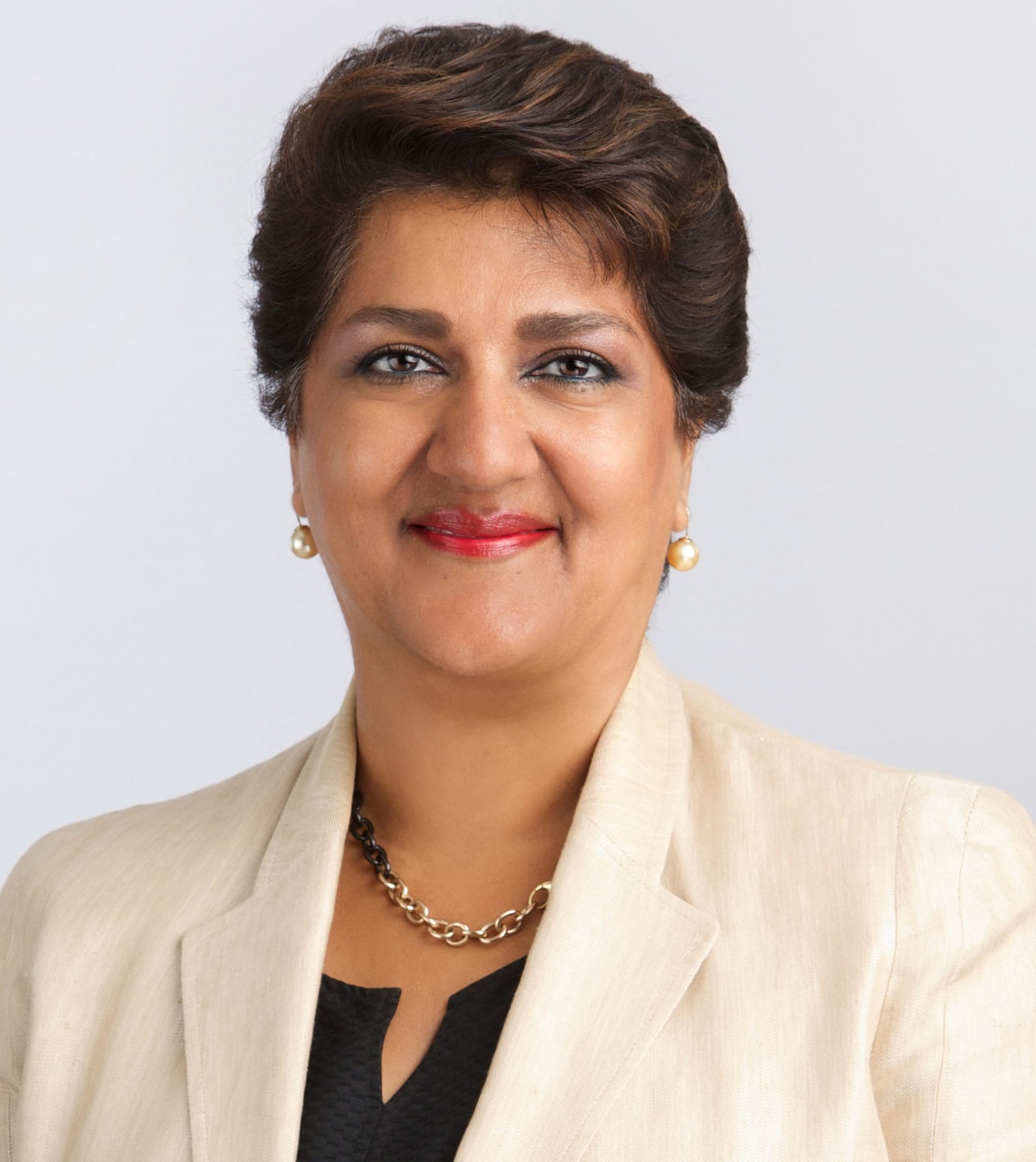Empowering Women for Canada’s Innovation Economy
Author(s):
Karimah Es Sabar

We’ve come a long way since the days of Harriet Brooks, Canada’s first female nuclear physicist. Harriet, who is often considered one of the greatest woman physicists in the area of radioactivity, was once asked to resign from her job at a college because she was engaged. Harriet moved on from the college and ended up temporarily breaking off her engagement to focus on her research. Today, she is renowned for her work on nuclear transmutations and radioactivity.
Harriet Brooks represents just one example of how women have significantly contributed to science. And even though we have progressed, today – in 2018 –, we still need to find ways to remove barriers so that more women are able to become involved in science, technology, engineering and mathematics (STEM).
According to an interim report, published by the Government of Canada in 2016, the health and bioscience industry contributed $7.8 billion to the Canadian economy. The report also highlights how Canada has tremendous potential with emerging innovations, clusters of universities, entrepreneurs, researchers and capital in regenerative medicine, oncology, infectious diseases, metabolic diseases, neurodegeneration, genomics and personalized medicine.
It is truly an exciting time to be in health sciences because we’re at the frontier of both emerging and converging technologies. The possibilities for breakthroughs in therapeutics, diagnostics and medical devices are extraordinary.
While there are many initiatives we need to undertake to unlock this tremendous potential, and create a sustainable competitive health ecosystem with improved health outcomes, we start by making sure we hire the right people. Women are a big part of this.
Currently, women are an underrepresented group in our industry, with a Canadian Occupational Projection System report from 2015 indicating that women occupy less than 25 per cent of professional scientific positions. The same report noted that our health sciences industry is facing a looming skills shortage, forecasting that need for life sciences professionals will outpace labour supply in the next decade.
So how do we empower more women to pursue their STEM dreams and ambitions? How can we increase the numbers of women moving into science?
At my company, Quark Venture, a venture capital investment firm that focuses on equity financing in biotechnology and health sciences companies, promoting diversity in both gender and culture, starts on the inside. Our Chief Scientific Officer, Director of Science and Director of Business Development and myself – we are all women. We also come from different places around the world (Kenya, Switzerland, China, France, US, Canada. It is very international group.
The value of this diversity is integral to the organization – we each bring our own global perspectives, diverse experiences and unique expertise. This fuels rich discussions and advances well thought out solutions.
For Canada to become a strong innovation and knowledge-based economy, we need to include more women at the table. We also need to promote other types of diversity within our organizations.
To get started, Canada needs to provide more access to education, and increase awareness of all the areas where we need women to contribute – be it in leadership, governance, innovation, commercialization, research, or production. We need to champion the work that women in science have already accomplished and create positive attitudes towards their scientific careers. We also need to create environments where we showcase their outcomes and impacts, and their experiences, allow them to inspire and, become mentors and role models for upcoming generations. Collectively, universities, industry and government need to celebrate and promote women in STEM.
It is also incredibly important to support groups and organizations that promote scientific education for women. The Canadian Science Policy Centre (CSPC) is such as organization. Through its work, CSPC has created a strong, inclusive science policy community, and continues to set the stage for the next generation of female scientists to enter the industry.
Harriet Brooks was an exceptional scientist, but also an exception in her era. By empowering women with the skills needed and providing them with access to the opportunities available to play significant roles in the industry, we create a system that moves past individual “exceptions” and allows for collective exceptionalism. Women in STEM can impact Canada’s GDP by a collective growth in the Innovation Economy.
1. Health and Sciences: The Sector Today and Opportunities for Tomorrow (Interim Report: Canada’s Economic Strategy Tables
2. Canadian Occupational Projection System (Health and Sciences: The Sector Today and Opportunities for Tomorrow)
3. Canadian Occupational Projection System (Health and Sciences: The Sector Today and Opportunities for Tomorrow)
***************
Karimah Es Sabar is the CEO and Partner of Quark Venture and the Director of the $500 million Global Health Sciences Fund. Quark is a Canadian-based venture capital investment firm (headquartered in Vancouver) that focuses on equity financing in biotechnology and health sciences companies.

